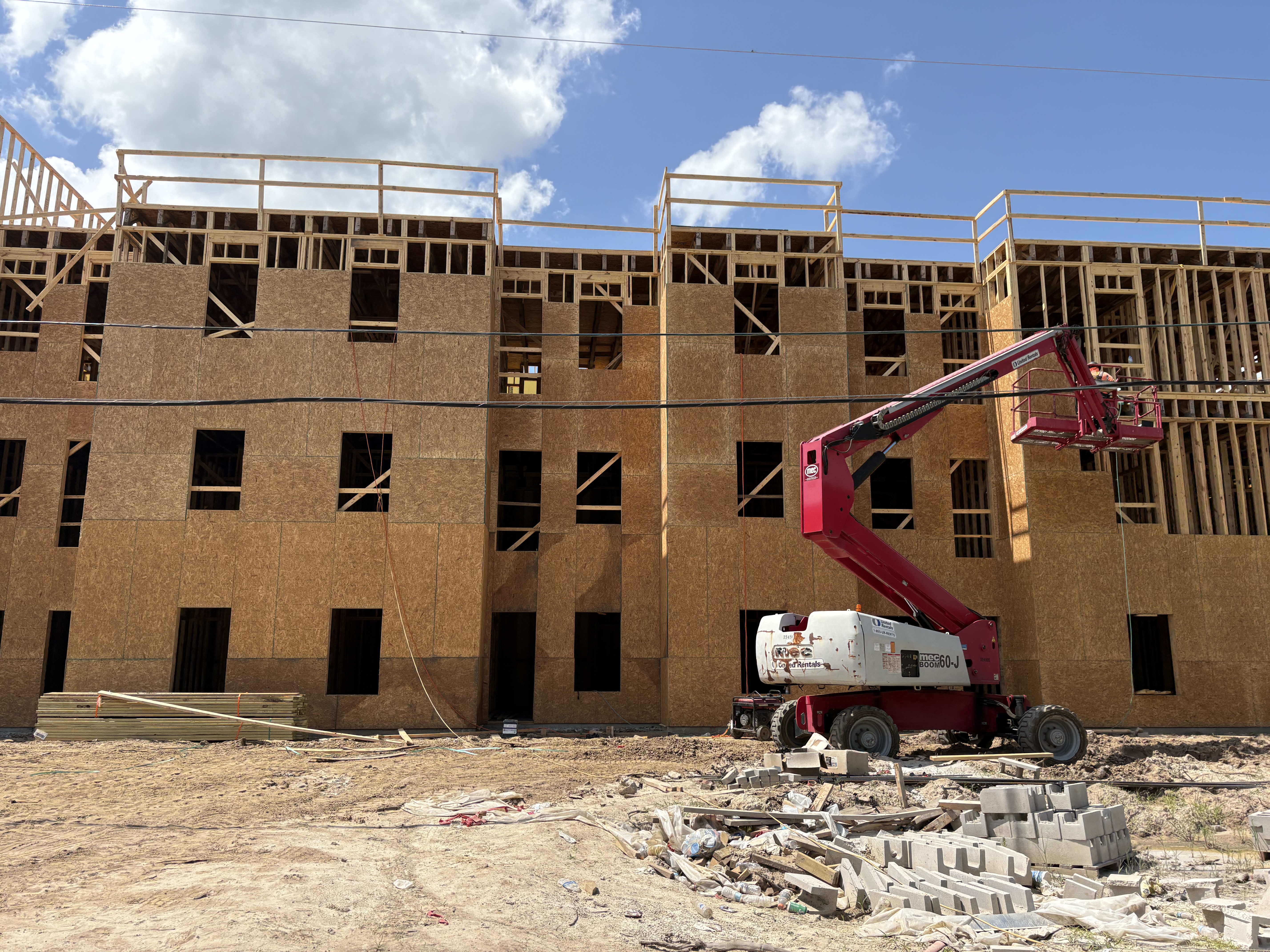Upcoming Phase II ORE prepares Moody for ability to survive, operate in deployed environment
Published 11:28 pm Tuesday, April 27, 2010

- Moody was successful in the Phase I Operational Readiness Inspection relook in March, but they are not out of the woods. The first Phase II Operational Readiness Exercise of 2010 is scheduled to be June 1 to 4. This will help prepare for the Phase II ORI which is scheduled for mid-2011.
Moody personnel breathed a sigh of relief after a successful Phase I Operational Readiness Inspection relook in March, but they should not rest easy.
From June 1 to 4, the first Phase II Operational Readiness Exercise for 2010 is scheduled to be held in preparation for a Phase II ORI sometime next year.
Although both Phase I and II OREs deal with some aspect of deployment, the goal for each is different in how it prepares airmen.
“The purpose of a Phase I ORE is to prepare airmen for a short-notice deployment,” said Capt. Brian Higgins, 23rd Wing Inspections deputy chief. “On the other hand, a Phase II is actually set in the deployed environment and focuses on the employment of forces.”
Phase IIs have different goals in that they evaluate a unit’s ability to meet wartime and contingency taskings of employing forces, sustaining forces and the ability to survive and operate.
“For Phase IIs, it’s important for airmen to be familiar with a few main objects and scenarios,” said Higgins. “These include always having an Airman’s Manual on hand, being familiar with self-aid and buddy care, and mission-oriented protective posture (MOPP) gear, and being able to identify chemical and biological threats as well as knowing how to report them.”
One of the main players in dealing with possible threats and providing players with essential equipment is the 23rd Medical Group bioenvironmental flight, who works hand-in-hand with another essential base agency.
“We play a vital role in ensuring all players are equipped with the proper masks and other personal protective equipment by conducting fit tests,” said Capt. Stephanie Harley, 23rd MDG bioenvironmental flight commander. “We work with emergency management to complete two functions. The first is to react during a chemical, biological or nuclear attack and determine the health risks to the base, which is directly related to upgrades and downgrades in MOPP gear. The second function is to have our personnel dispersed around base to continually monitor possible threats.”
Becoming familiarized with the subjects mentioned above before the actual start of the ORE is a good idea, said Higgins, who has been involved in planning nearly 20 OREs since April 2009.
“Preparation is critical for success in any type of exercise,” he said. “We can ensure future success by learning from our past mistakes, which can be found in after-action reports from both our last ORE as well as OREs from other bases.”
For any areas that need improvement between now and the ORI, individuals and units will have the opportunity to find and fix them before then.
“Moody’s first ORE will establish a reference point to help gauge focus points for future inspections,” Higgins said. “The OREs provide the wing multiple opportunities to practice all needed operations before the actual inspection, including wartime contingencies.”
Because of the importance of passing the pending Phase II ORI next year, all Moody members should keep in mind that we are not out of the woods and that they should be prepared at all times. The other Phase II OREs scheduled for this year are in August and October.





